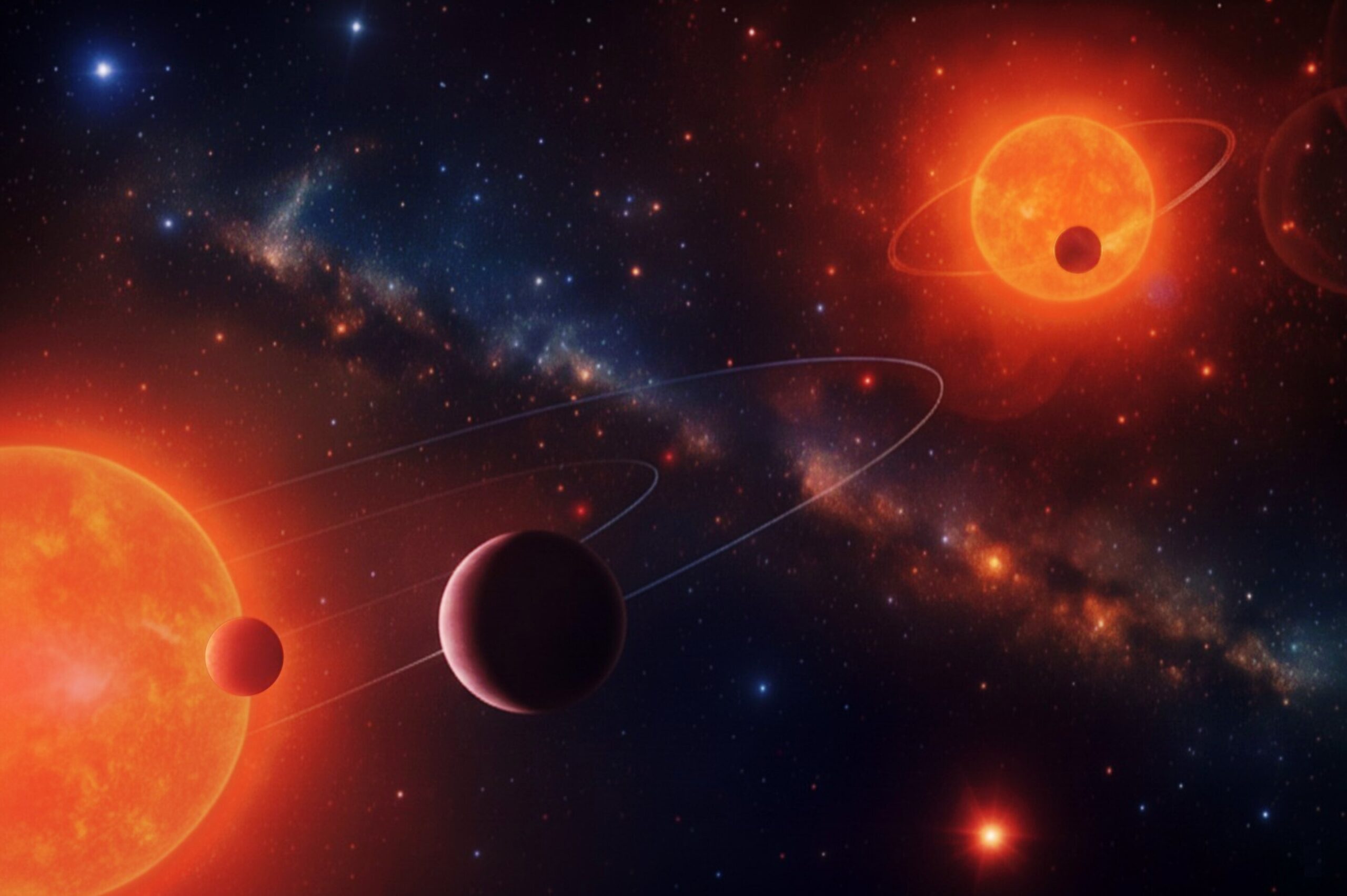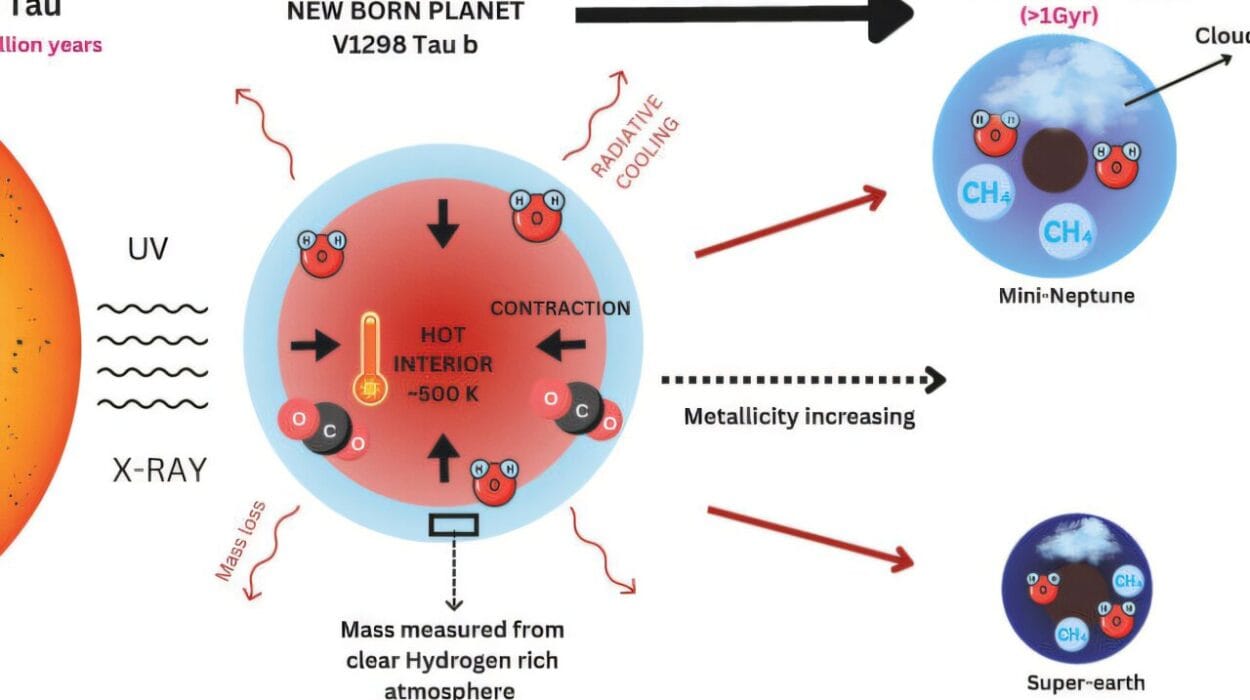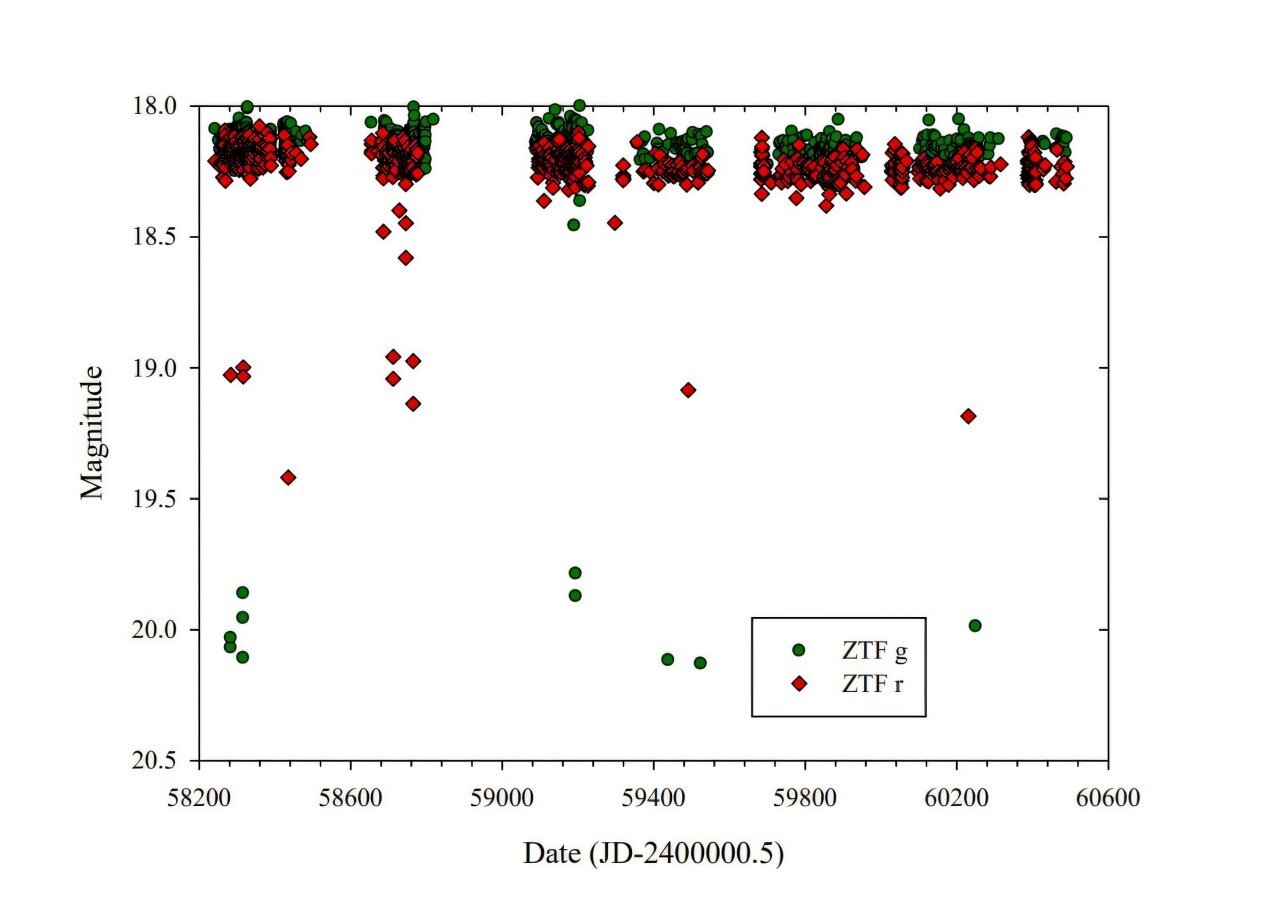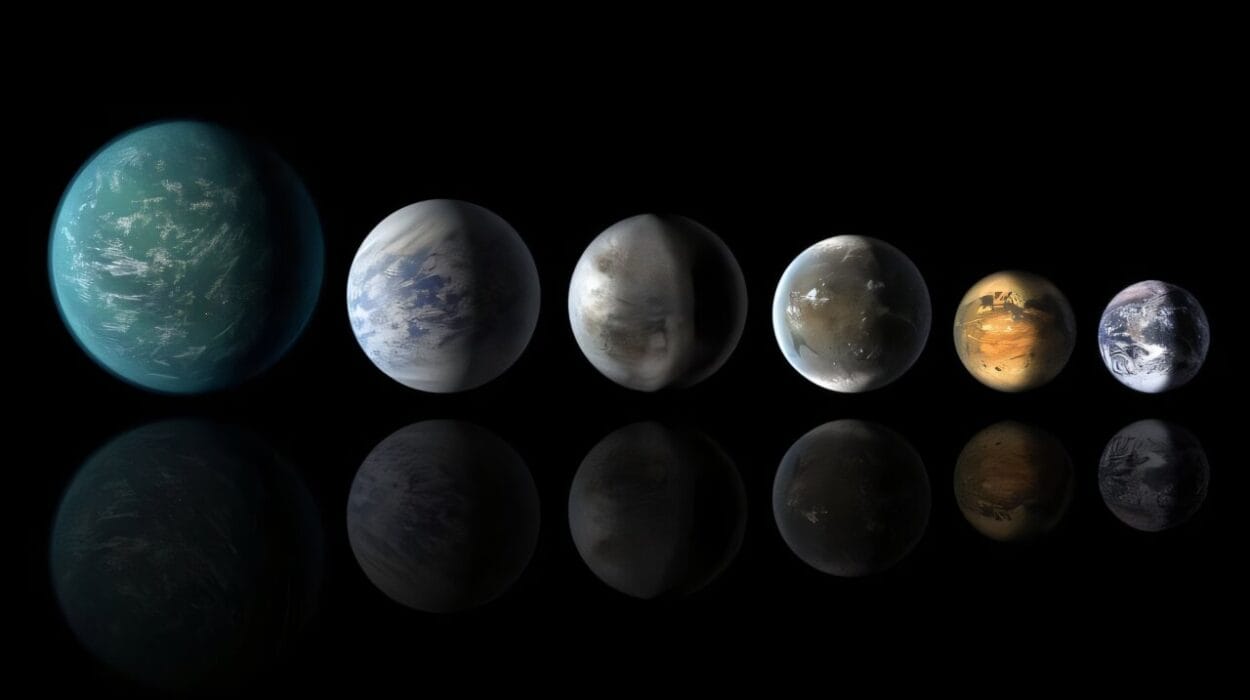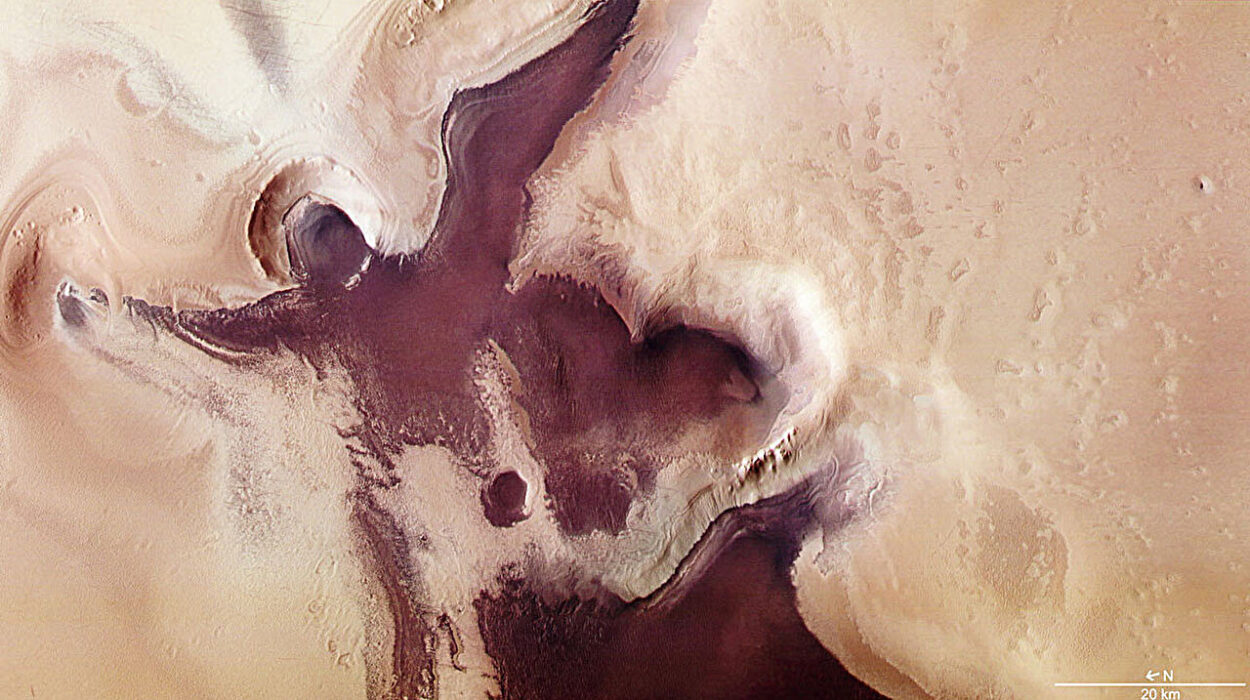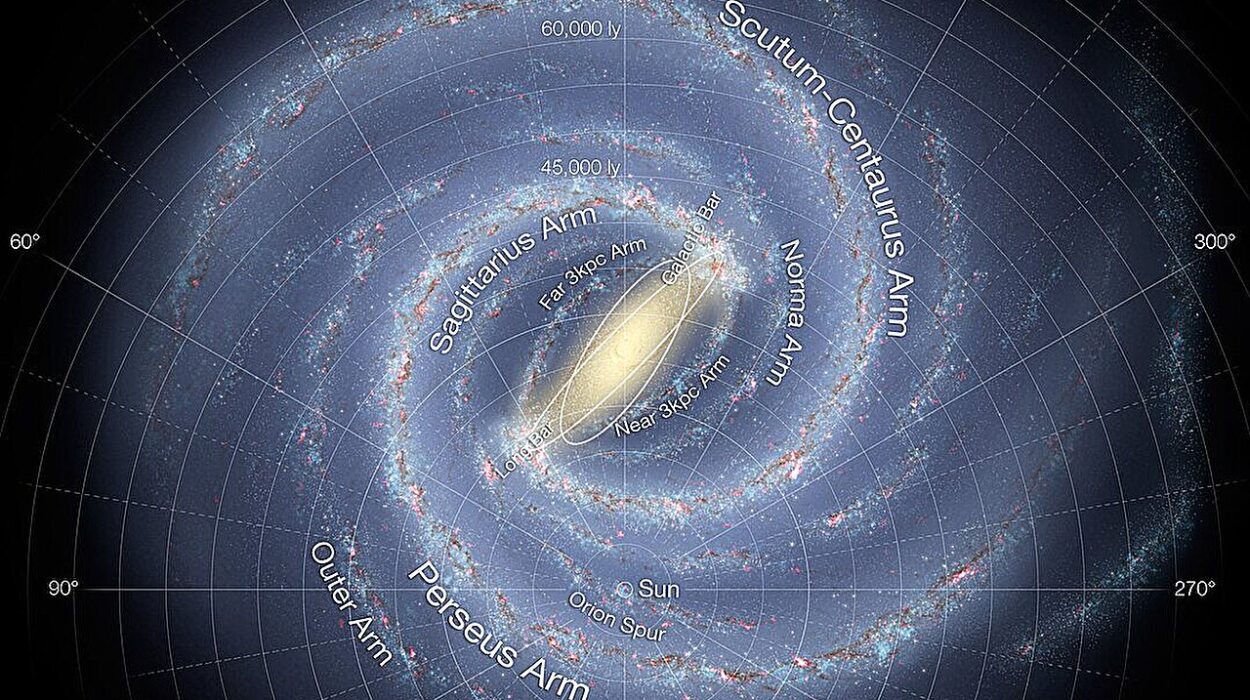In a quiet corner of the galaxy, 190 light-years from Earth, astronomers have uncovered something that until recently seemed nearly impossible: three Earth-sized planets orbiting inside a binary star system — a pair of suns locked in a tight gravitational embrace. The system, named TOI-2267, was expected to be inhospitable to planetary formation. Two stars circling one another typically generate unstable, shifting gravitational fields that disrupt the birth of planets or eject them before they can survive. And yet, this system not only formed planets — it hosts three of them, all roughly the size of Earth.
The discovery, announced in Astronomy & Astrophysics by an international collaboration, is scientifically exhilarating for a simple reason: it forces astrophysicists to rewrite their assumptions about where rocky planets can — and cannot — form.
Two Suns, Three Worlds, One Breakthrough
Unlike single-star systems like our own, TOI-2267 is a compact binary, meaning its two stars orbit each other closely and rapidly. Historically, such systems were considered hostile to the development of complex planetary structures. But the team led by researchers from the University of Liège and the Instituto de Astrofísica de Andalucía found something no one had seen before in exoplanet science.
Two of the planets pass, or “transit,” in front of one of the stars. The third planet transits the companion star. This means that both suns host their own orbiting worlds — making TOI-2267 the first known binary system where planets have been seen crossing in front of each member of the stellar pair. What once looked like gravitational chaos has revealed itself to be an ordered, working planetary architecture.
How the Worlds Were Found
NASA’s TESS mission supplied the raw space-based light curves, but the first signs of these planets were not noticed by TESS alone. Astronomers at Liège and IAA-CSIC detected the first two signals with their own software, SHERLOCK — a computational “planet hunter” designed to sift through massive datasets in search of tiny flickers of dimming starlight caused by orbiting planets.
Those early detections set off a coordinated observing campaign across Earth. Robotic telescopes such as SPECULOOS and TRAPPIST, situated at high-quality observing sites and designed specifically to study small planets around faint stars, monitored TOI-2267 night after night. Their observations confirmed the planetary nature of the signals and pinned down the timing and orbital behaviour of all three worlds.
A Cosmic Laboratory for Extreme Planet Formation
Discovering Earth-sized planets in a double-star system is more than a cataloguing success — it is a direct challenge to long-standing theories. Existing models suggested that the gravity of a tight stellar pair would disrupt the swirling disk of gas and dust from which planets grow, making rocky planets either rare or short-lived in such environments. TOI-2267 contradicts that expectation.
The existence of these three worlds forces researchers to ask how nature managed it. Did the planets form farther out and migrate inward? Did the stars once orbit differently than today? Or are current models simply underestimating the resilience of planetary embryos in chaotic gravitational fields? TOI-2267 is now a test-case system — a natural laboratory for stress-testing theories of planet formation under extreme conditions.
What Comes Next for TOI-2267
This discovery does not end the story — it opens a long list of follow-up questions. Now that these planets are confirmed, the next frontier is to measure their masses, densities, and if possible, characteristics of their atmospheres. Instruments such as the James Webb Space Telescope and the class of giant ground-based telescopes now under construction will make it possible to study these planets not just as points of light, but as physical worlds.
If researchers succeed in capturing spectra — the faint signatures of chemicals in starlight that has passed through a planet’s atmosphere — they could determine whether these worlds have thick atmospheres, volcanic surfaces, oceans of gas or ice, or perhaps conditions that resemble early Earth. Binary systems were once dismissed as barren places; TOI-2267 suggests they could host environments worth serious scientific curiosity.
A New Chapter in Exoplanet Exploration
Beyond the excitement of the planets themselves, this discovery demonstrates the remarkable strength of combining large, wide-field space surveys with targeted ground-based telescopes. TESS cast a wide net; SPECULOOS and TRAPPIST delivered the precision needed to confirm and characterize what was found. This joint approach is quickly becoming the engine of progress in exoplanet science.
Only three decades ago, no planets were known outside our solar system. Today, discoveries like TOI-2267 are showing that planets can survive and thrive in places our theories once excluded. Each such system expands our imagination — and our humility — about where nature is able to build worlds. The universe is not only stranger than we imagined; it is more inventive than we assumed.
More information: S. Zúñiga-Fernández et al, Two warm Earth-sized exoplanets and an Earth-sized candidate in the M5V-M6V binary system TOI-2267, Astronomy & Astrophysics (2025). DOI: 10.1051/0004-6361/202554419
